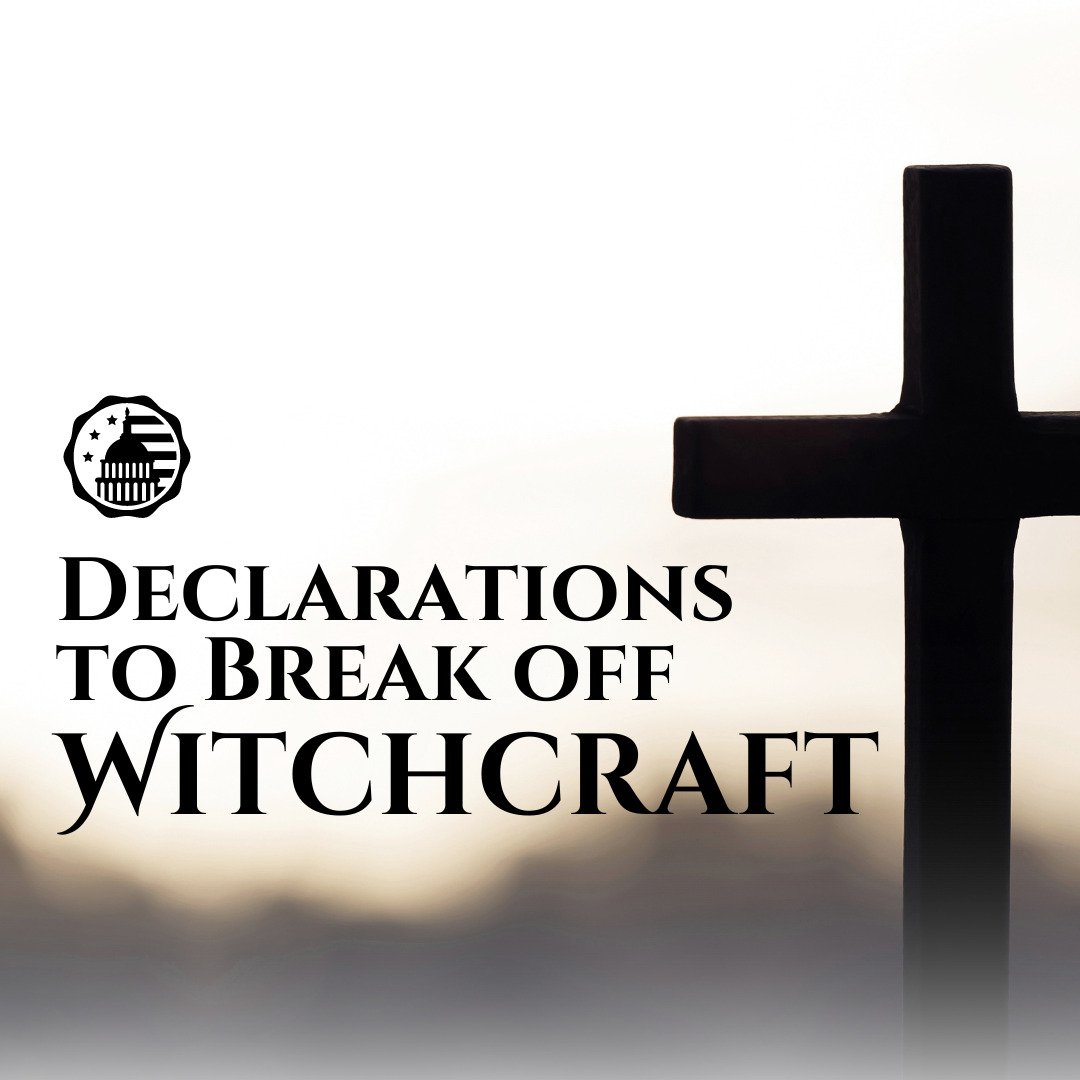LEFTISTS LOVE THE CONSTITUTION–BUT NOT THE REAL ONE
LEFTISTS LOVE THE CONSTITUTION–BUT NOT THE REAL ONE
[Today] is July 4, the 245th anniversary of the day the Continental Congress approved the final version of the Declaration of Independence — although history buffs know the main vote happened two days earlier.
Earlier this month, a task force within the National Archives, which is responsible for stewarding our nation’s original founding documents like the Declaration, released a report declaring its own rotunda, where the documents are displayed, to be structurally racist. It called for “trigger warnings” around the displays as well as “reimagining” the rotunda to “dialogue” about the “mythologization” of the founding.
Many Americans are rightfully indignant at seeing their country and its founding principles belittled and ostracized in ways big and small like this. Some are also wondering where it came from. Why such a sudden and dramatic rejection of basic American ideals? Can’t we all agree on the Declaration of Independence?
This rejection of the American founding didn’t come out of nowhere — it’s been brewing and building for over a century. Leftists who engage in this kind of faultfinding do have a constitution to which they proclaim fidelity, and which they believe should rule America. It’s just not the original Constitution.
Out of Many, One? Or Out of One, Many?
The U.S. Constitution was ratified in 1788. The revolutionary, inspirational, but still imperfect document has since been amended 27 times, including one amendment (the 21st) that repealed an earlier one (the 18th).
Despite its changes, conservatives still look to the 1788 document as the Constitution with a capital C. Its amendments have accented, not replaced, it. It is not simply “step one” in an endless process of revamping. It’s more like a completed house that gets its plumbing redone or its carpet replaced as needed, than an empty skeleton of lumber that still needs to be filled in.
In contrast, that latter visual is what Yale Law professor Jack Balkin submits in his theory of “framework originalism” — the idea that the Constitution is simply a “framework” that “Americans must fill out over time through constitutional construction.” This highly malleable, relativist view of the Constitution has enabled leftists over the years to use amending periods as constitutional rebirths, not just birthdays.
Another Yale Law professor, Bruce Ackerman, describes “constitutional moments” through which the sovereignty of popular opinion can create revolutionary constitutional revamps. He identifies the 1860s, the 1930s, and the 1960s as three such moments.
Just like the founders, Ackerman says, “Reconstruction Republicans, New Deal Democrats, and the civil rights leadership [won] broad and self-conscious popular consent for their sweeping transformations of the constitutional status quo.” Voter support, he continues, provided the “very special authority required to create a new regime in the name of We the People.”
1788 Versus 1868, 1936, 1964…
The first of these rebirths was in 1868, with the ratification of the 14th Amendment. Without question, both the 13th Amendment’s abolition of slavery and the 14th Amendment’s assurance of citizenship and equal protection of life, liberty, and property for all Americans were good and necessary changes to one of the Constitution’s most glaring omissions.
Still, the assumption of that enforcing power by the federal government opened the door for a future floodgate of intervention to be justified by the 14th Amendment’s judicially interpreted broad brush. Just a few examples of the government using the 1868 amendment to rationalize its reach include Roe v. Wade, which read into the 14th Amendment that abortion must be legal, and Obergefell v. Hodges, which read into the 14th Amendment the mandate that states could not deny marriage licenses to homosexual couples.
Historian Eric Foner wrote a book about the Reconstruction era in 2019 titled “The Second Founding,” reflecting this view that Reconstruction fundamentally remade the U.S. Constitution into something new.
The next constitutional “rebirth” occurred under President Franklin Roosevelt, but it built on ideas and momentum that flourished under fellow Progressive and wartime president Woodrow Wilson. While the founders approached government with a mindset that reflected Isaac Newton’s description of fixed and reliable laws of nature, Wilson urged his contemporaries to consider government through the lens of Charles Darwin’s theory of evolution: something fluid, ever-changing, and unbound from its original parameters.
“Governments have their natural evolution and are one thing in one age, another in another,” Wilson wrote in 1908. “The makers of the Constitution constructed the federal government upon a theory of checks and balances … but no government can be successfully conducted upon so mechanical a theory.” Because Wilson believed he had a uniform mandate of support from voters, he saw checks and balances as a time-consuming handicap on progress, not an unalterable part of American governance.
Franklin Roosevelt put the academic Wilson’s ideas into practice. In a famous 1937 “Fireside Chat,” Roosevelt criticized checks and balances broadly while specifically critiquing the then-conservative Supreme Court’s attempts to restrain his Progressive programs. When Roosevelt threatened to pack the Supreme Court, he argued it needed younger justices “who understand those modern conditions” — in other words, Progressive men who would see the evolution of the national government’s power as an asset and not a threat to Americans’ natural rights.
Normalizing the idea that government was responsible for ensuring not only Americans’ freedoms of speech and worship but also their “freedom from want” and “freedom from fear,” Roosevelt’s New Deal brought the national government into individuals’ lives as it had never been before. The Supreme Court, cowed by the threat of court-packing, largely supported it.
Finally, the civil rights era of the 1960s — undoubtedly a time of needed cultural reform — also ushered in a new constitutional chapter of national governance. While the Civil Rights Act of 1964 responded to horrible abuses of black Americans by significant parts of American society, the broader era of sweeping legislative efforts to cure social ills enabled a bloated administrative state.
Directly involving the federal government in family life through the War on Poverty and in private transactions through anti-discrimination statutes and a broad reading of the Interstate Commerce Clause gave the national government an unprecedented role in American life. Such a change could not help but create a drastically new understanding of constitutional boundaries.
“The changes of the 1960s, with civil rights at their core, were not just a major new element in the Constitution,” says historian Christopher Caldwell. “They were a rival constitution, with which the original one was frequently incompatible—and the incompatibility would worsen as the civil rights regime was built out.”
“Much of what we have called ‘polarization’ … is something more grave,” Caldwell continues. “It is the disagreement over which of the two constitutions shall prevail: the de jure constitution of 1788, with all the traditional forms of jurisprudential legitimacy … or the de facto constitution of 1964, which lacks this traditional kind of legitimacy but commands the near-unanimous endorsement of judicial elites and civic educators.”
Since the 1960s, we’ve seen this emphasis on civil rights expand into a push for a woman’s “right” to abort her baby, the “right” to socialized medicine, and now the “right” of men to demand that others pretend they are women. . . .
If we ever hope to dialogue about our constitutional history (and our constitutional future), we must define our terms, and understand how our ideological opponents define them. Until we do, we hide from ourselves the truth that the leftist project inherently requires reimagining the American experiment into its complete opposite.
(Excerpt from The Federalist. Article by Elle Reynolds. Photo from Canva.)
Partner with Us
Intercessors for America is the trusted resource for millions of people across the United States committed to praying for our nation. If you have benefited from IFA's resources and community, please consider joining us as a monthly support partner. As a 501(c)3 organization, it's through your support that all this possible.







Comments
Excellent summarization of how we came to be where we now are. Increased awareness of “now” conditions moves me more firmly into a conservative position in support and proclamation of our 1776 and 1788 documents. Although we cannot deny changes in interpretations highlighted above, nature’s God has been and is on His throne in Heaven. As the angels Gabriel and Michael fought the prince of the kingdom of Persia while Daniel prayed, we must set our hearts to understand and humble ourselves before our God for breakthrough.
Civil rights do not usurp our Constitution! We need to stop trying to re-write our Constitution and Bill of Rights! Our founders knew exactly what they were doing!!! All it takes for evil to win, is for good men to do nothing! We don’t need to re-imagine our Constitution or Bill of Rights, they make perfect sense and they are very clear! We just have people who want to re-define, make over, America in to what they want! No thank you, I will stick to what has worked, for generations!
Well and clearly said; may GOD repeal the 1964 ‘constitution’ as quickly and soundly as he deems prudent!